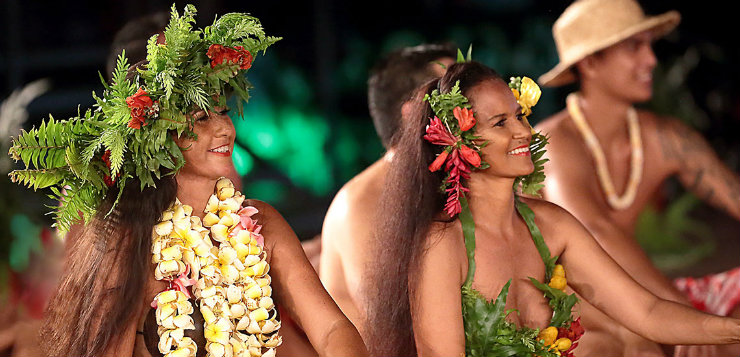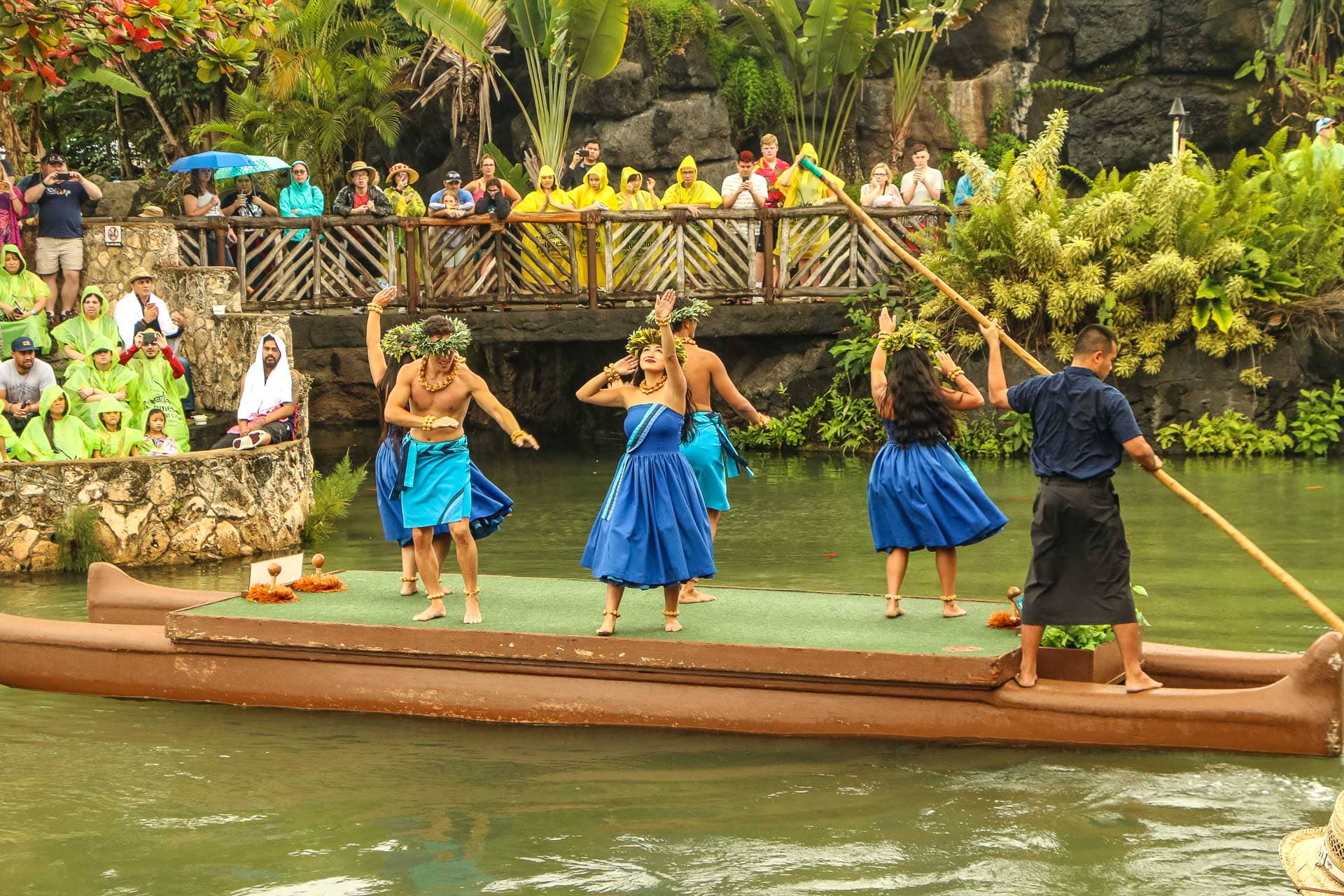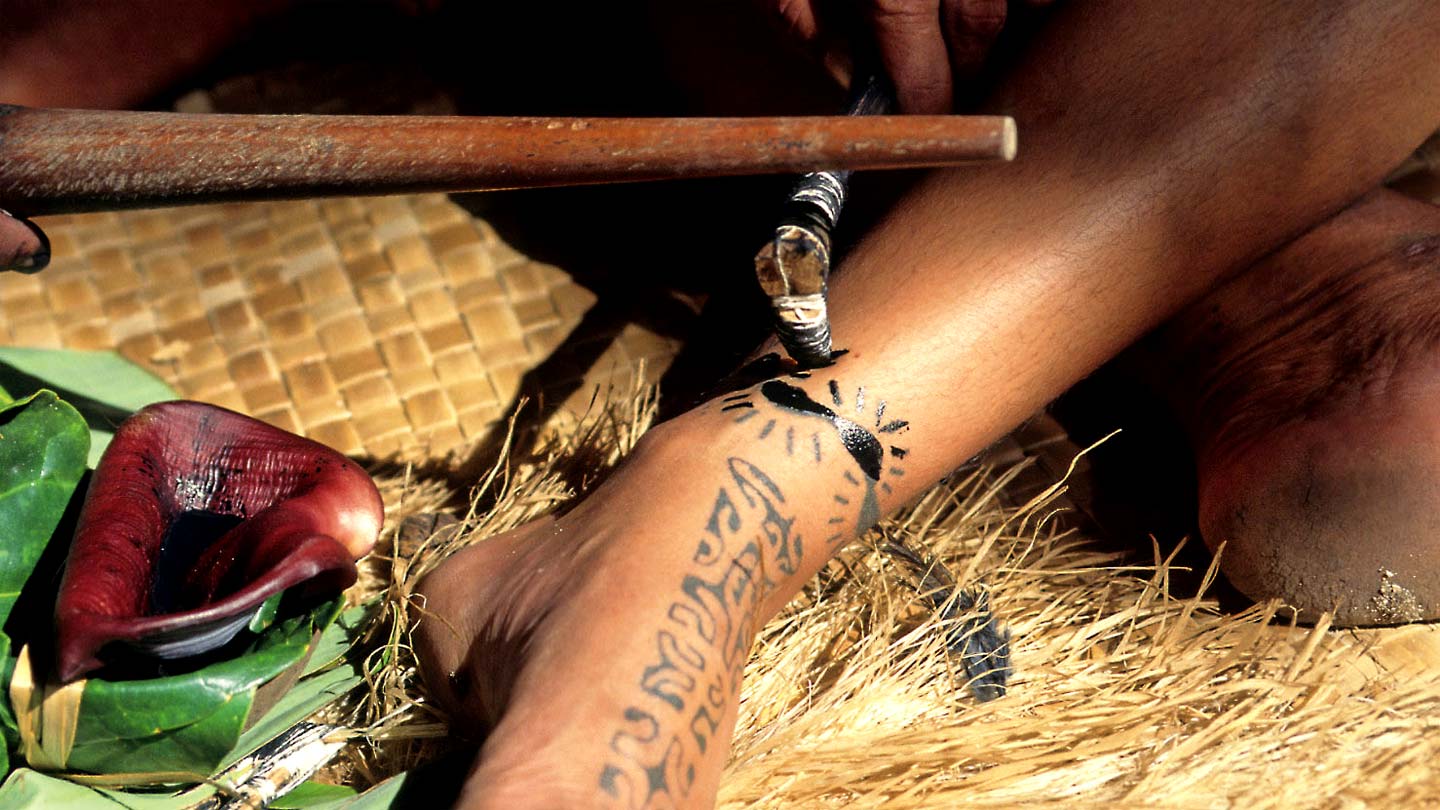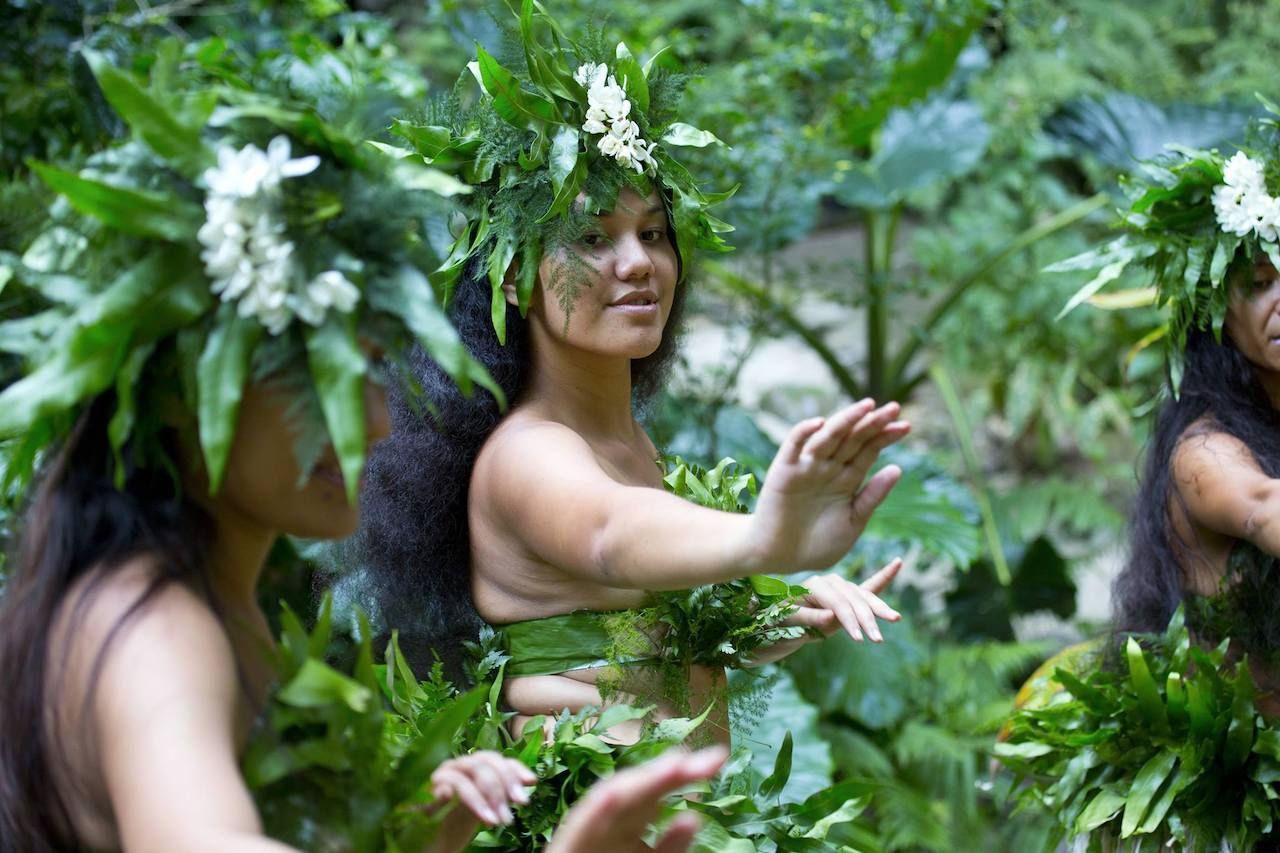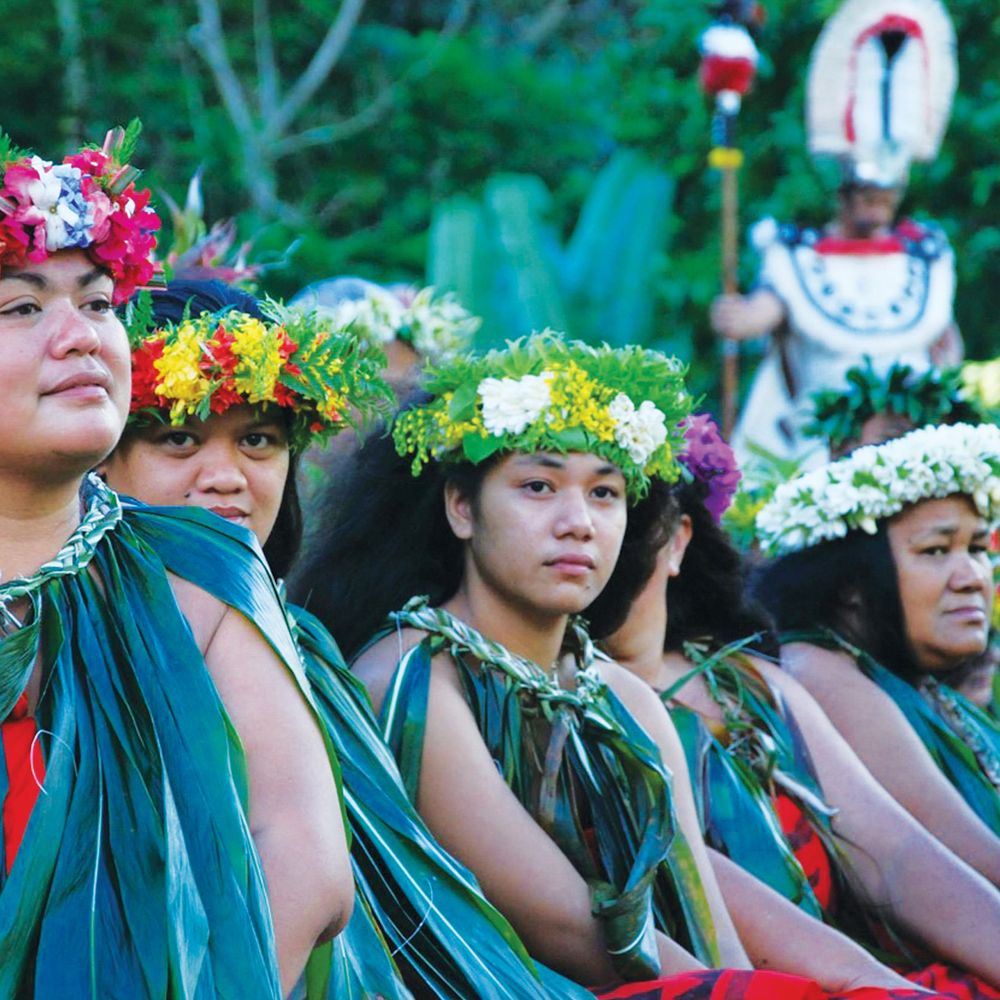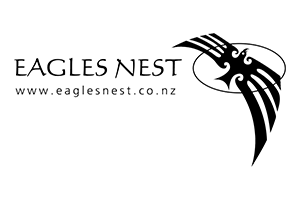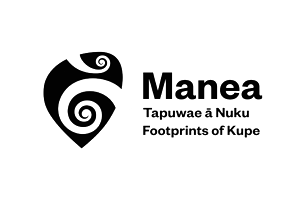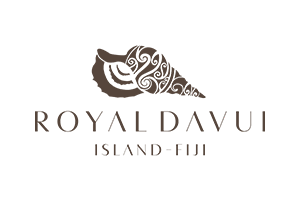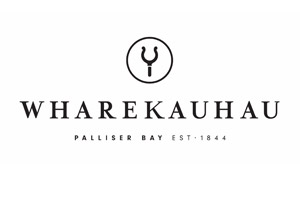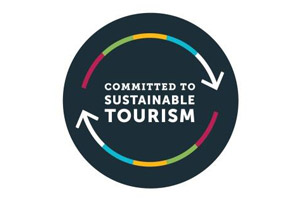Around 4000 BC, a great migration began from Southeast Asia across open ocean to settle the Pacific Islands. Many researchers conclude that Tonga and Samoa were settled around 1300 BC and from here colonisation voyages were launched to the Marquesas Islands in about 200 BC. Over the next several centuries, great migrations to colonize all the Tahitian islands and virtually the entire South Pacific took place. This area of the Pacific ocean is now called the “Polynesian Triangle” and includes Hawaii to the north, Easter Island to the southeast, and New Zealand to the southwest. As a result of these migrations, the native Hawaiians and the Maoris of New Zealand all originate from common ancestors and speak a similar language collectively known as Maohi.
The era of European exploration began in the 1500s when “ships without outriggers” began to arrive. In 1521, Magellan spotted the atoll of Pukapuka in what is now the Tuamotu Atolls and, in 1595, the Spanish explorer Mendaña visited Fatu Hiva Island in the Marquesas. More than 170 years later, Captain Samuel Wallis and the H.M.S. Dolphin was the first to visit the island of Tahiti during his journey to discover terra australis incognita, a mythical landmass below the equator thought to balance the northern hemisphere. Wallis named the island of Tahiti “King George III Island” and claimed it for England. Soon after and unaware of Wallis’ arrival, French navigator Louis-Antoine de Bougainville, landed on the opposite side of Tahiti and claimed it for the King of France.
European fascination with the islands grew as news spread of both the mutiny of Capt. William Bligh’s crew aboard the H.M.S. Bounty and of tales of tropical beauty and the warm nature of the Tahitian people. Knowledge of Tahiti and the South Pacific continued to grow as Capt. James Cook brought back thousands of illustrations of Tahitian flora and fauna as well as the first map of the islands of the Pacific. In the 1800s, the arrival of whalers, British missionaries, and French military expeditions forever changed the way of life on Tahiti and created a French-British rivalry for control of the islands. The Pomare Dynasty ruled Tahiti until 1847 when Queen Pomare finally accepted French protection of the islands of Tahiti and Moorea.
The Tahitians of the modern era maintain their heritage and traditions of their Maohi ancestors. Oral history recounts the adventures of gods and warriors in colorful legends where javelin throwing was the sport of the gods, surf riding was favored by the kings, and Aito strongmen competed in outrigger canoe races and stone lifting as a show of pure strength. In celebration of ancient traditions and competitions, the annual Heiva festival has been the most important event in Tahiti for the past 122 years. For visitors, there is no better place in the world to be during July than surrounded by this pure display of Polynesian festivity. Tahitians gather in Papeete from many islands to display their crafts, compete in ancient sporting events, and recreate traditional and elaborate dance performances.
If you would like with an itinerary designed with a particular emphasis on culture and history please contact us.



